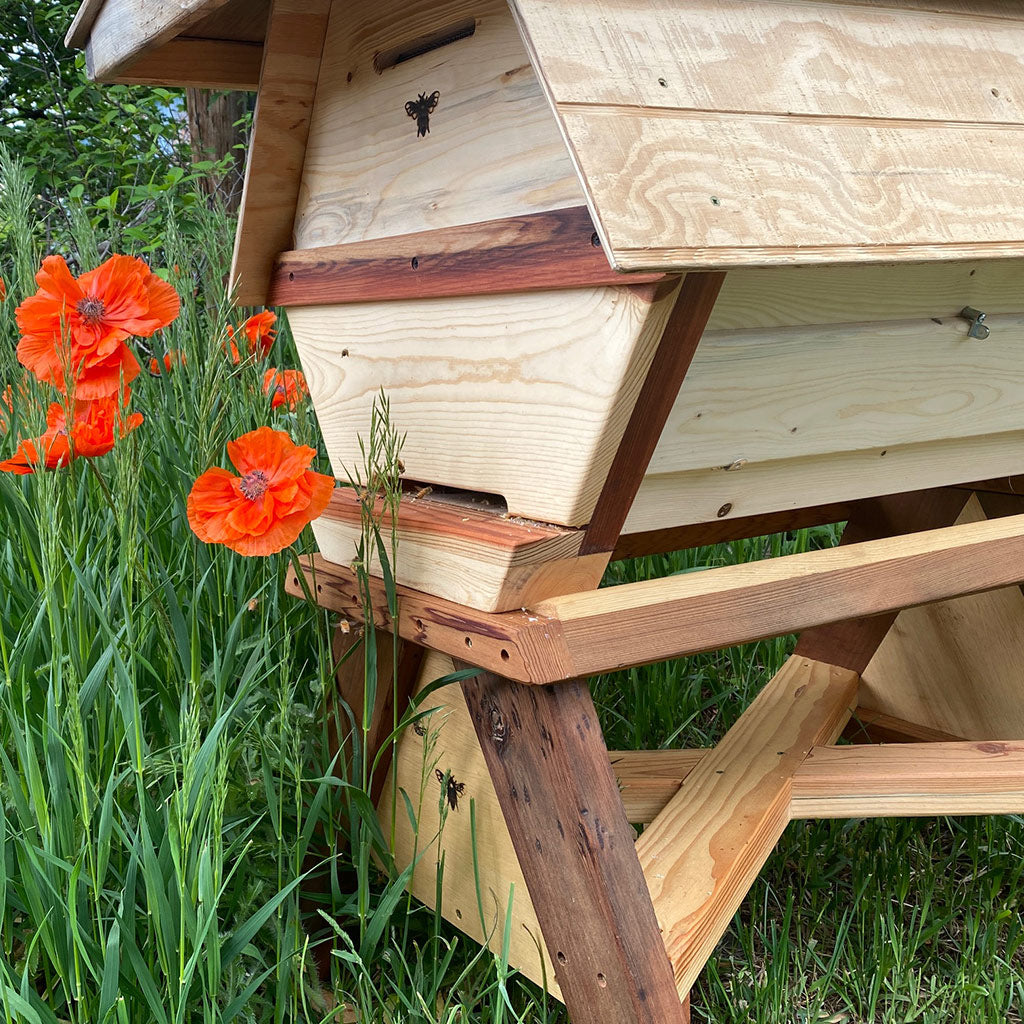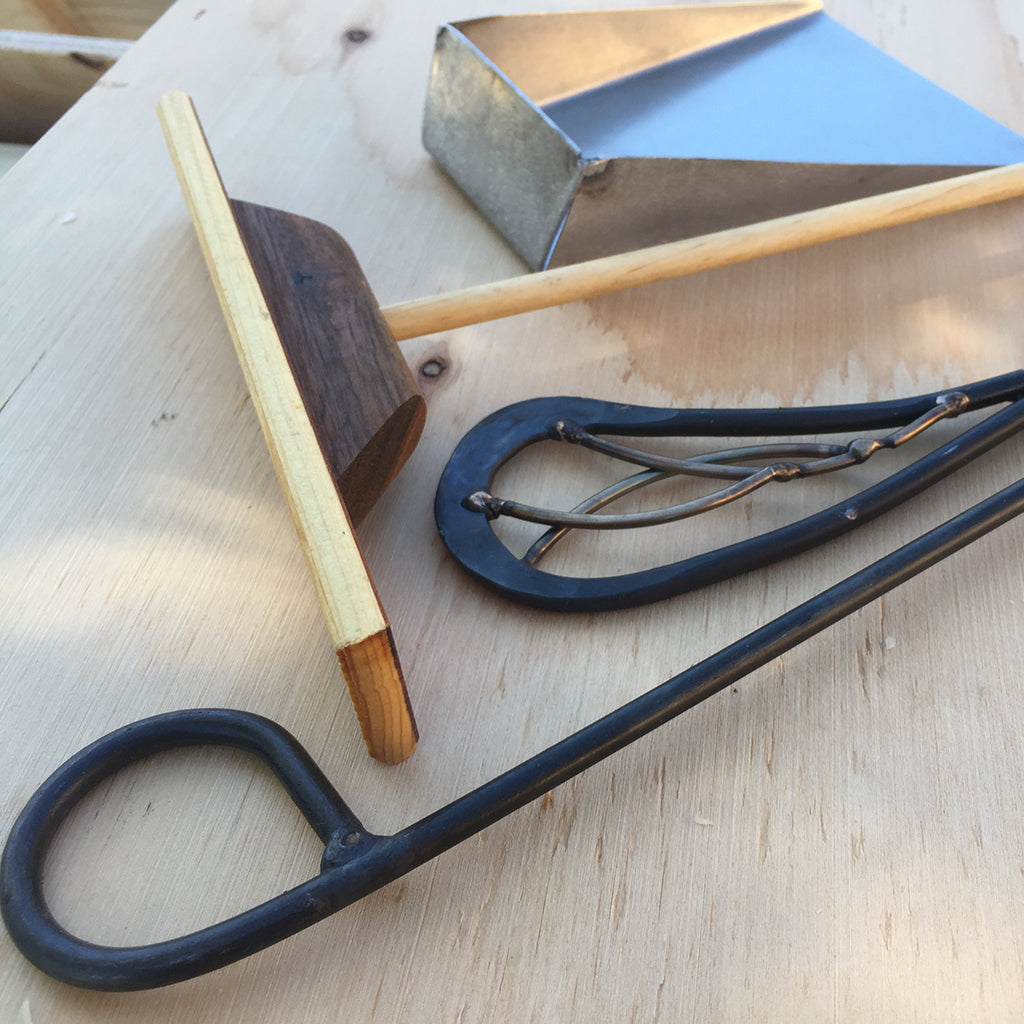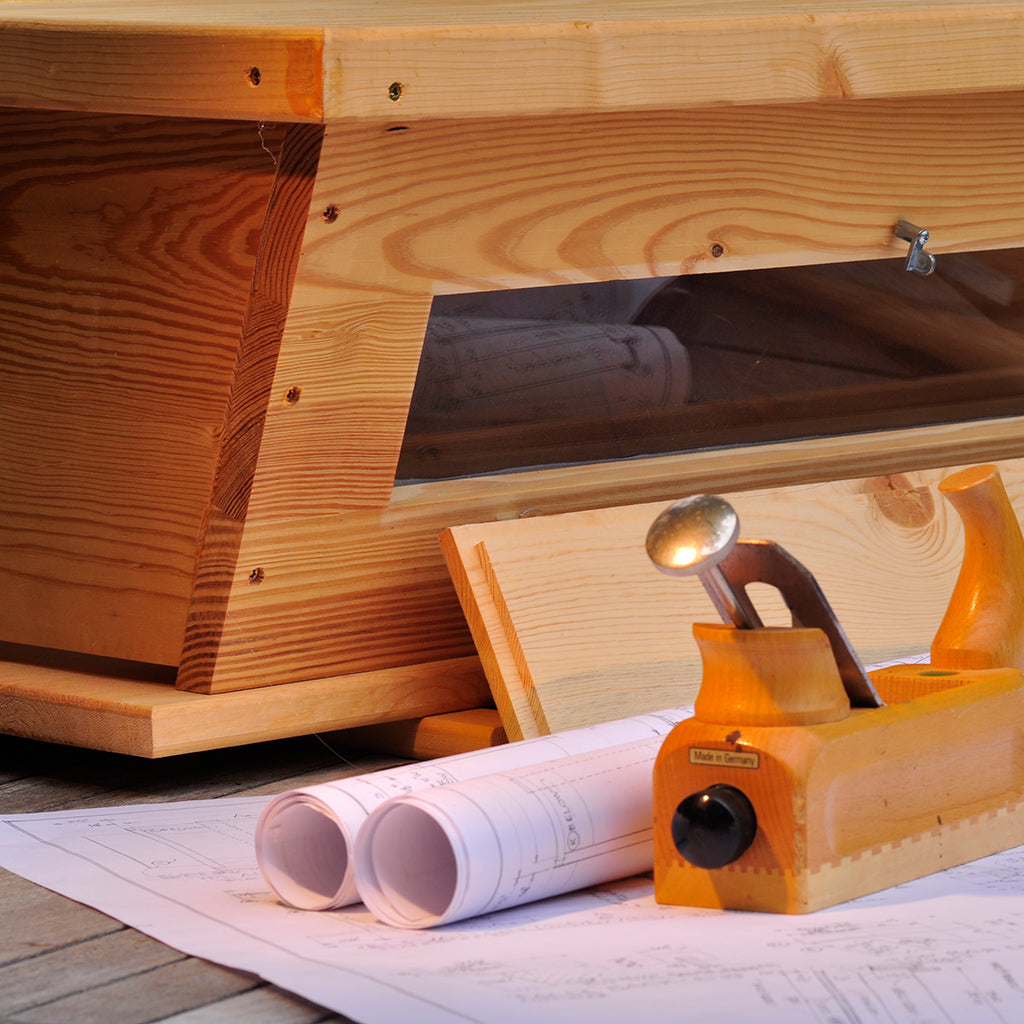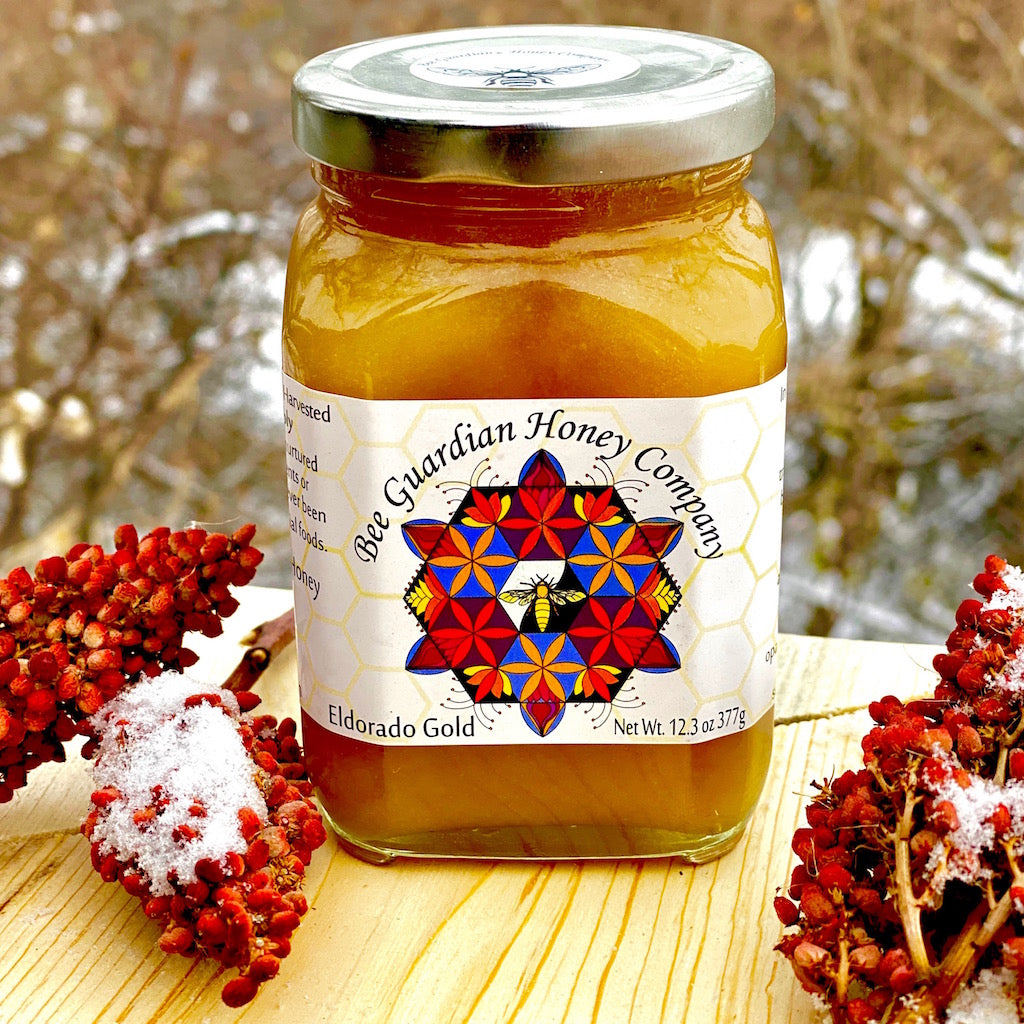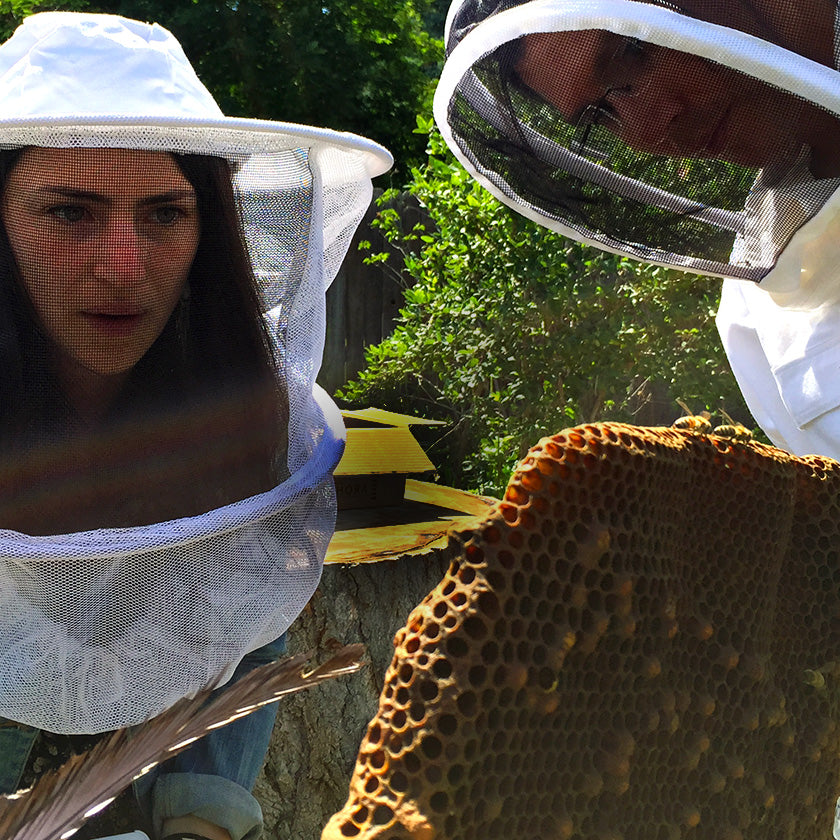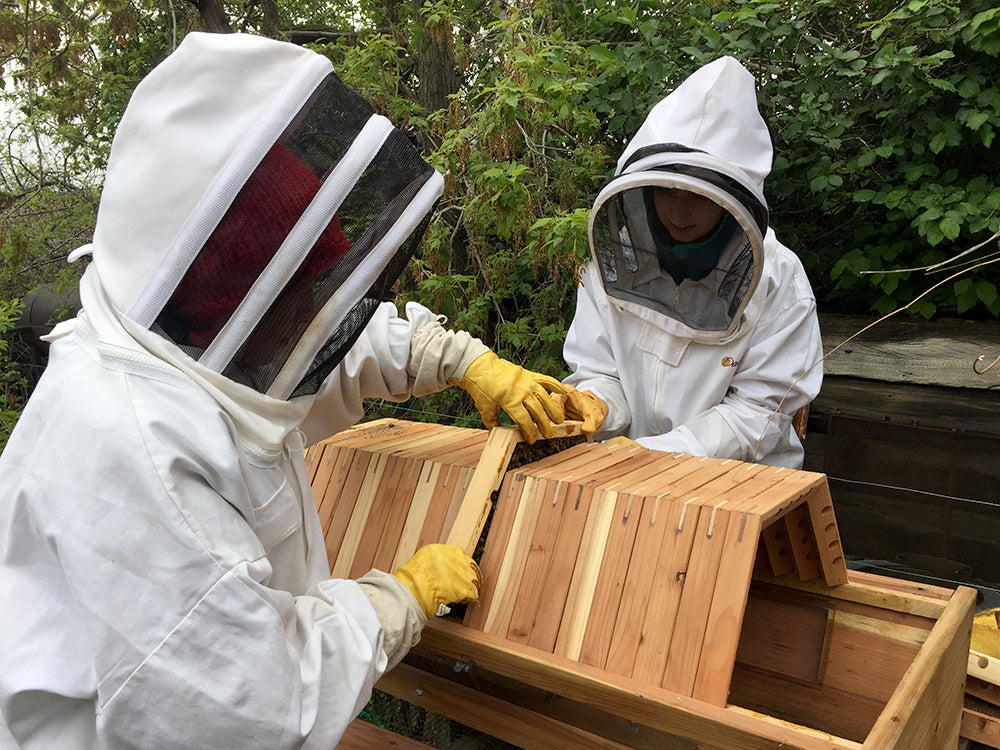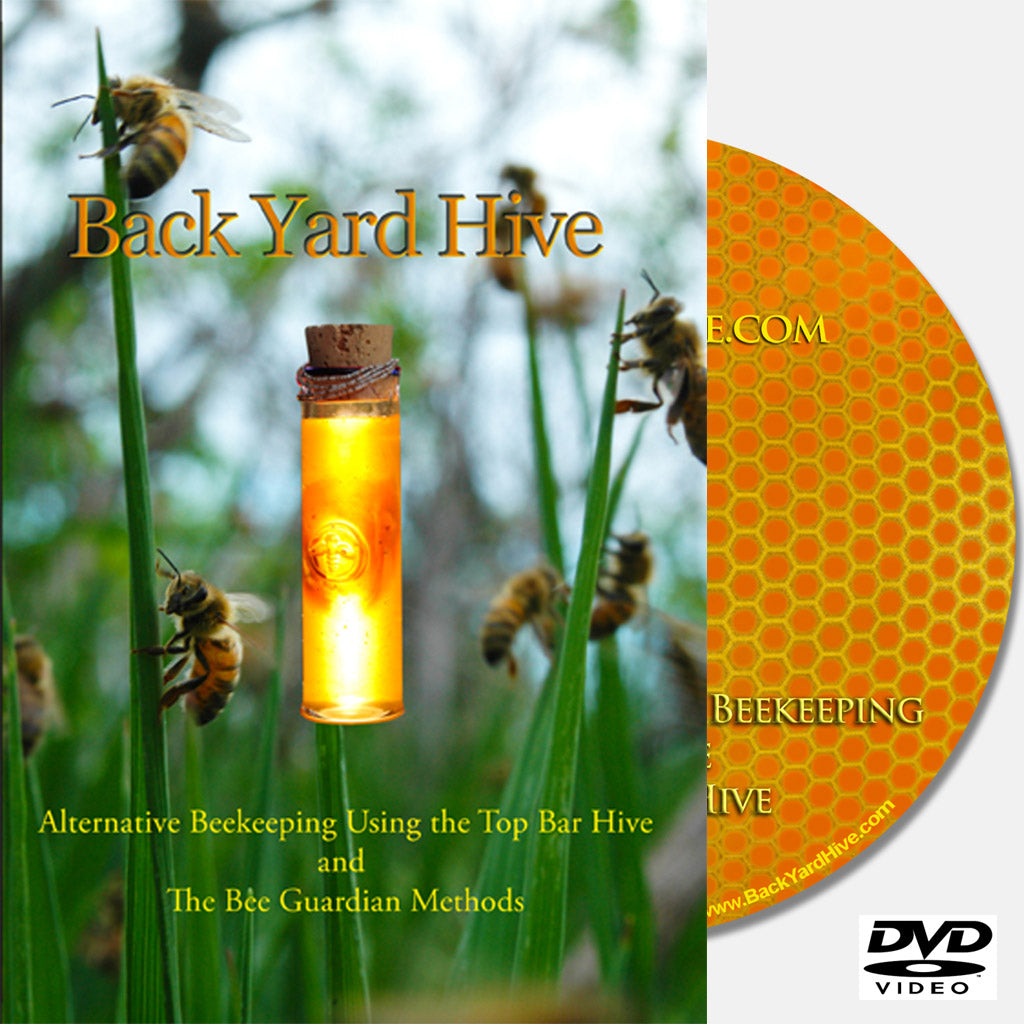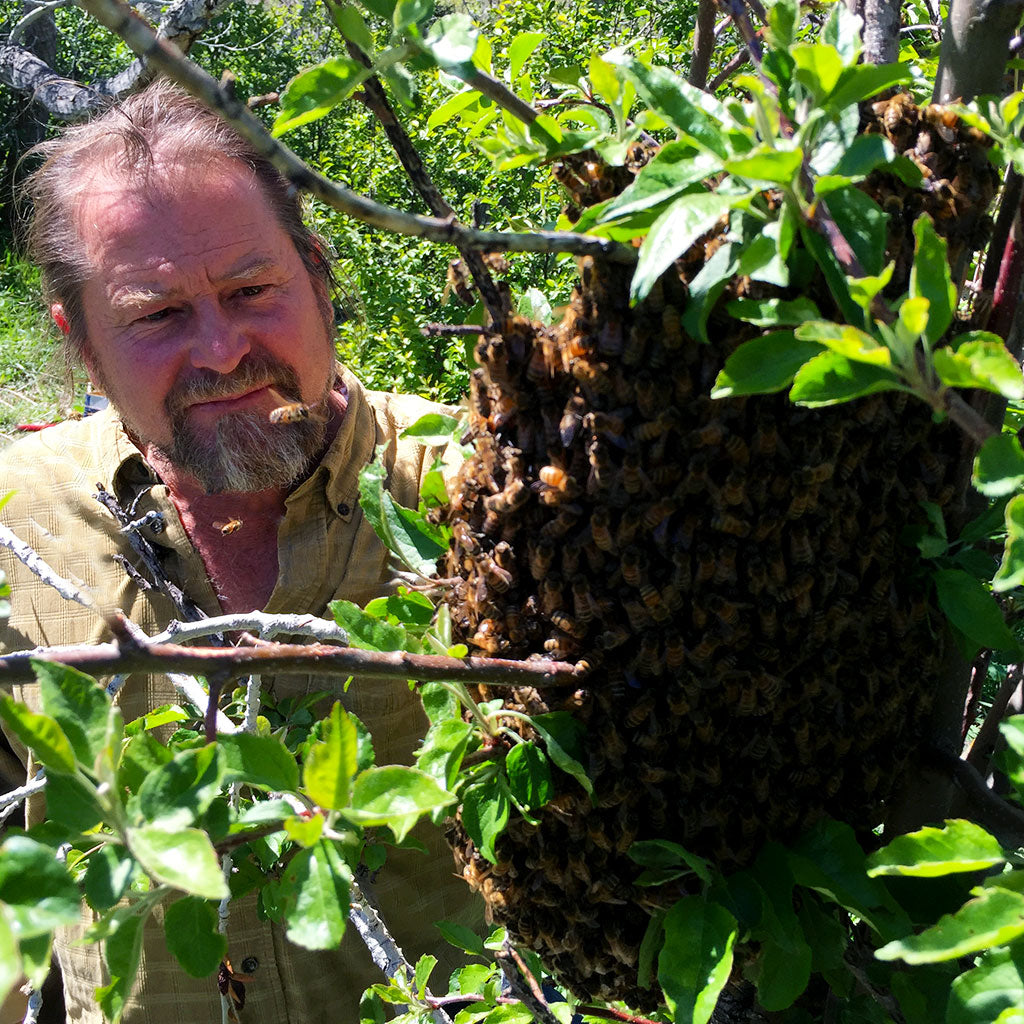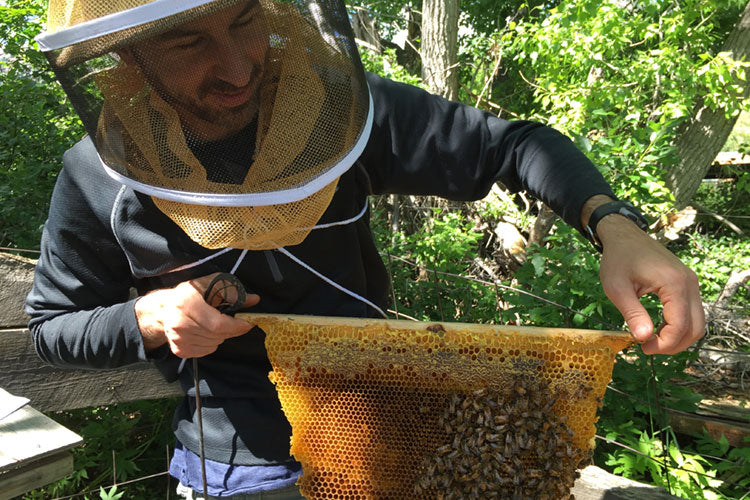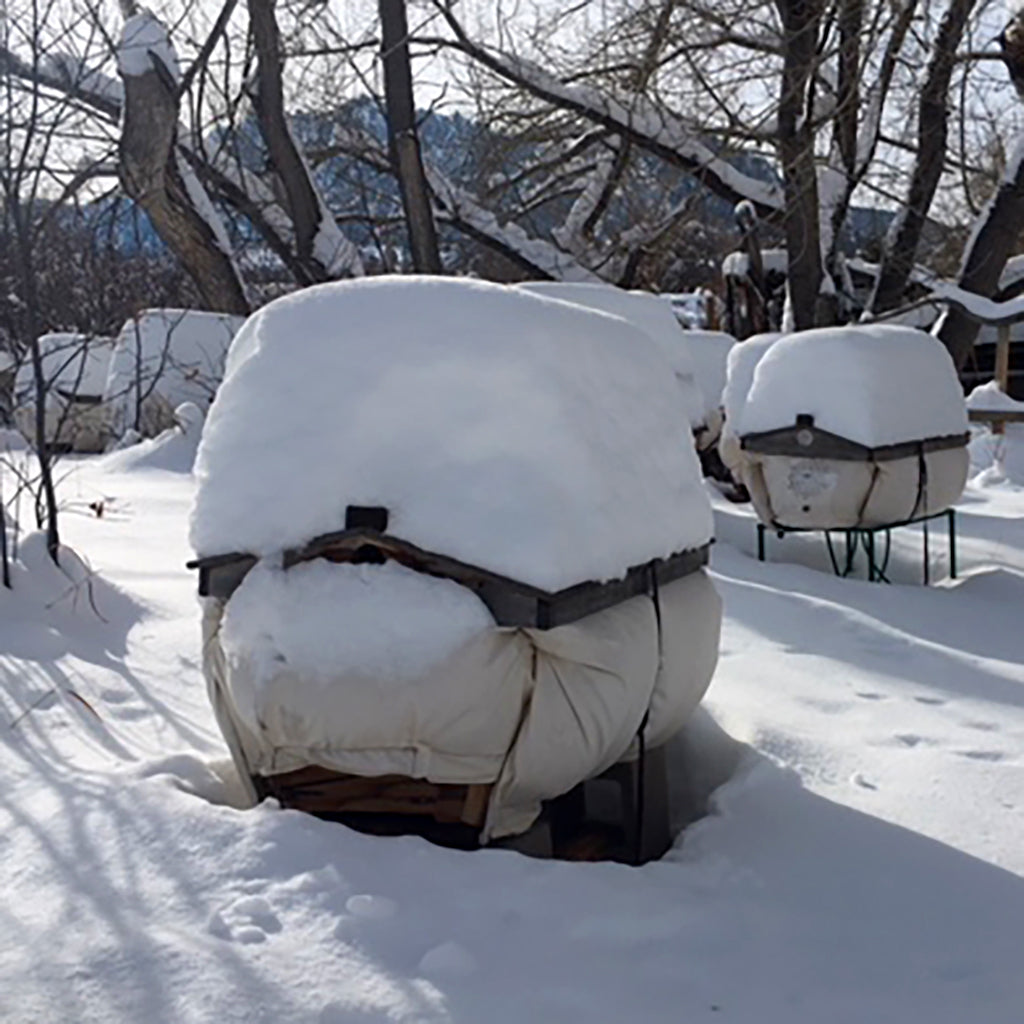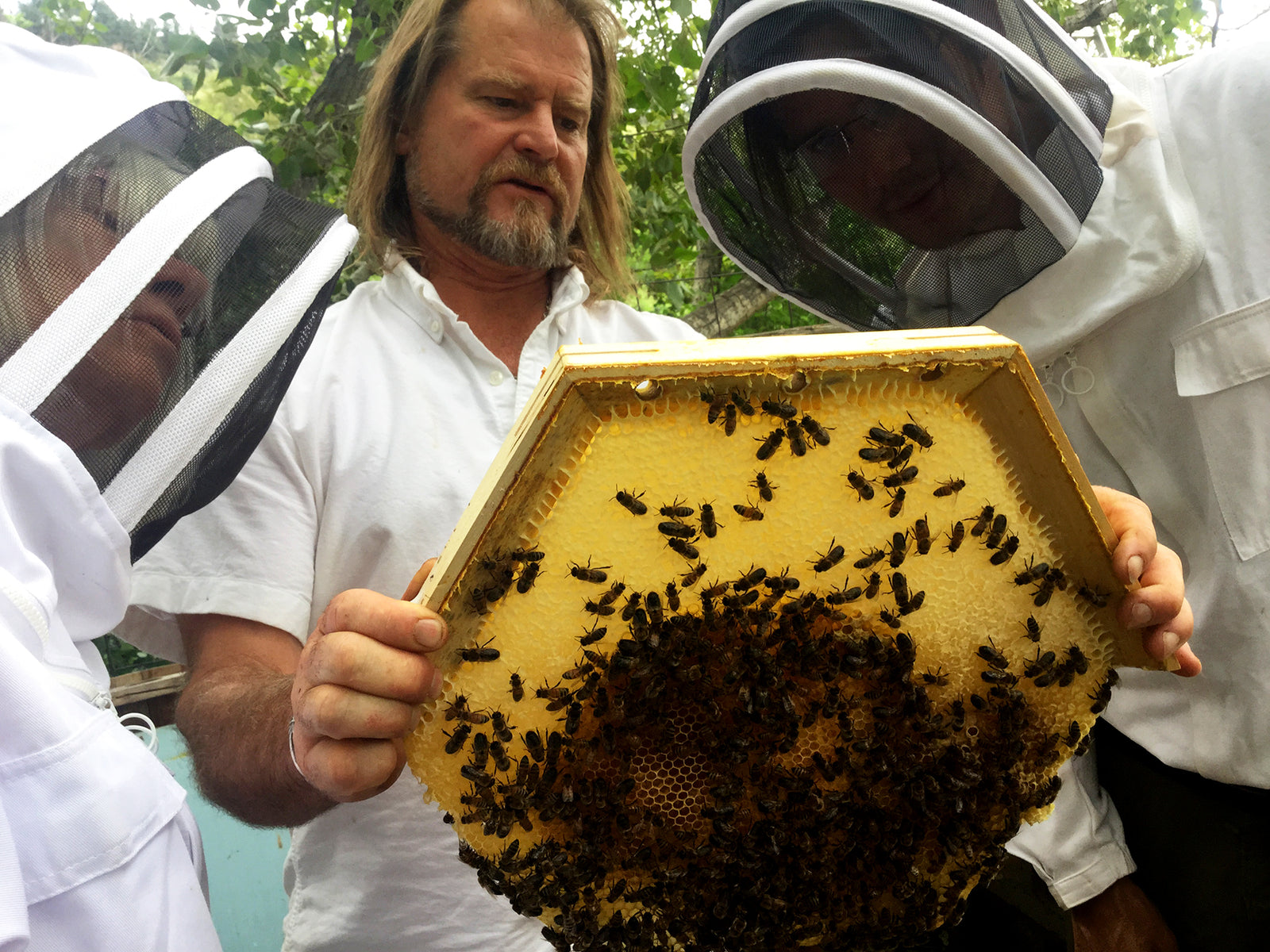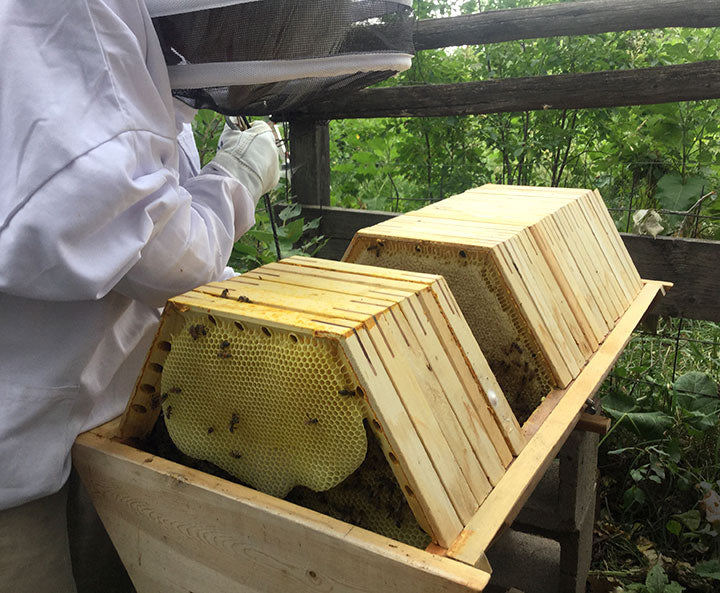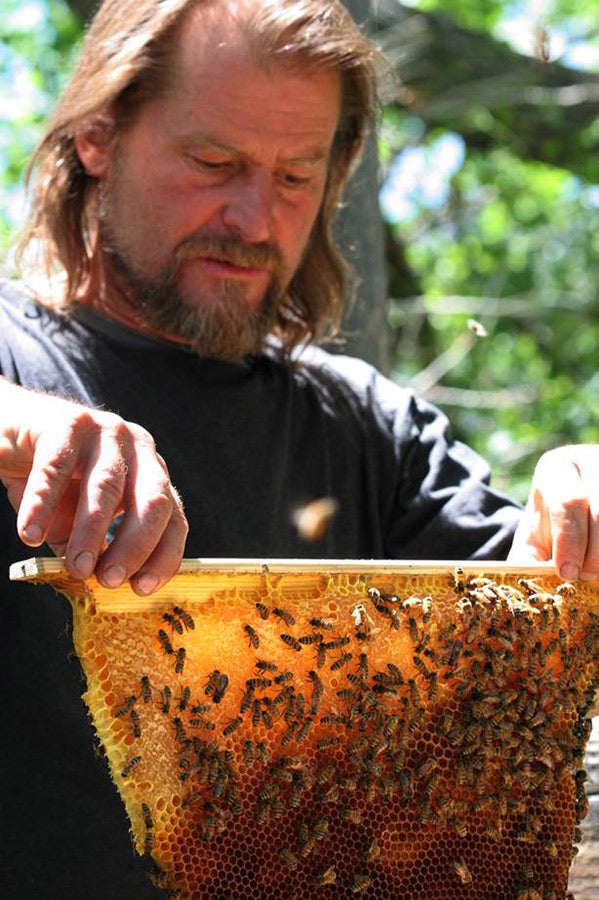in an urban or suburban environment, the dogs, the kids?
Q. I am in the process of learning more about beekeeping, as I am thinking about starting a hive. I live in the Phoenix area and would be keeping a hive in my backyard. Apart from swarming, I am curious about how much the bees would "travel." I notice that in the summer when swimming in the backyard we have the occasional bee around our pool (which tend to sometimes hover around our heads). I also have a dog. My question is how much, in keeping a hive in the backyard, would a person would notice bees flying around the backyard (how many bees, and how much it would bother the neighbors)? Thank you!
A. These are great questions that should be considered when thinking of beekeeping in your backyard.
Here is the best way to determine the impact of the "bee presence" in your particular environment. The bees are on a mission, there is no reason for them to loiter around your backyard or your neighbors yard. The bees want to get to the most efficient nectar flow in the area. There will be a path, or a spray of bees emitting from the hive entrance. Usually this is about ten feet in front of the landing board. This path is the main visual part of the hive that is noticable. The stream or path of the bees disperse in many directions about ten feet away. In the hot summer sometimes the bees are outside the hive in big lumps keeping the interior of the hive cool. This is not dangerous, but it looks intimidating!
To plan the hive location, look for a place in the yard where you can position the hive entrance so it is pointed away from where people walk or where neighbors have a view into your yard.
If the nectar flow happens to be your neighbors crab apple tree, the bees will go for that tree and there will be a lot of bees on the neighbors' tree. But there should be bees on flowing trees, so I don't think the neighbors will think it is out of place. When the neighbors' tree stops flowing, the bees will go somewhere else and the neighbors will rarely even see a bee, unless they have other flowering plants.
When neighbors will notice your bees is when they have left soda cans out on the patio. They might notice that there are 15 bees around the coke can rather then 1 or 2 bees.
If the neighbors do notice the hive, usually they are happy to hear how much the bees have helped out your garden and fruit trees, how great the honey is from the local area and when you bring them a jar of honey and a comb for their kids they are quite content.
I have also found that if you explain that you have a different type of hive, like a bird house its a "garden pollinator hive" this helps. "Oh yes, I have this little "garden pollination hive", it's not a real bee hive, it is mostly used by organic gardeners and people that have apple trees" This line usually works, to calm their fears.
The big factor in your environment is the swimming pool. As with collecting nectar, the bees will also go to the nearest source of water. If the bees go to the swimming pool, they will fall into the water and could be a sting factor to kids in the pool. The remedy for this is to put a water source right next to the hive. Bees also love fountains. Give them a fountain and they won't even think of the pool
Dogs will usually avoid the bees. Some dogs bite bees and do get stung in the mouth and drool a lot. Some aggressive bees might go after the dog if he/she is running messing around the hive, and then they learn to keep away.
If your bees do swarm, it will be a big visual moment. This moment is usually short lived, maybe only a few minutes. Then the bees will be in a tree nearby in a clump and in a day or so the bees will be off into the wild blue yonder.
I hope this helps and you can join in the fun!

